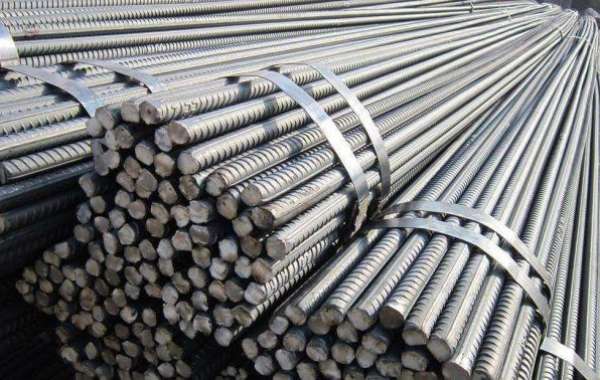The pricing of steel in India is a dynamic outcome shaped by various factors such as the cost of raw materials, domestic demand, government policies, and global economic trends. These elements interact to create a constantly fluctuating market where steel prices rise or fall based on the changing landscape. This article delves into the critical components influencing the steel market in India today.
The Impact of Raw Materials: Iron Ore and Coking Coal
Raw materials are at the core of steel price today in India, with iron ore and coking coal playing pivotal roles. Iron ore, abundant in India, significantly influences the cost of steel. Its price is driven by mining output, state regulations, and global demand, particularly from major markets like China. Changes in government policies, such as export duties or mining restrictions, can lead to fluctuations in the availability of iron ore, impacting steel prices. For instance, export restrictions can reduce supply, driving up prices, while a more liberal approach can make steel more affordable.
Coking coal, primarily imported from countries like Australia, Indonesia, and South Africa, adds another layer of complexity to steel pricing. Being heavily dependent on international markets, the cost of coking coal is susceptible to global supply chain disruptions, geopolitical tensions, and demand shifts. These fluctuations in coking coal prices affect the cost of production for Indian steel manufacturers, who in turn adjust the pricing of finished steel products to account for these changes.
Domestic Demand and Government Policies
The domestic demand for steel is closely tied to India's economic growth, with key sectors such as construction, infrastructure, and automotive manufacturing driving consumption. Government-led initiatives like the National Infrastructure Pipeline (NIP) and the Smart Cities Mission have boosted steel demand, pushing prices upward. However, demand varies across industries. For instance, the automotive sector, a major consumer of steel, has experienced challenges in recent years, including economic slowdown and the effects of the COVID-19 pandemic. These factors have created fluctuations in demand, leading to price adjustments when manufacturers seek to maintain their market share.
Government policies also play a critical role in stabilizing steel price today. The imposition of tariffs on imported steel helps protect domestic producers from foreign competition, ensuring that local steel manufacturers can price their products competitively without the threat of being undercut by cheaper imports. These tariffs provide a buffer against international price volatility and allow for a more predictable pricing environment within India. Broader economic conditions, including inflation, interest rates, and overall growth, heavily influence steel pricing. High inflation can drive up production costs, while changes in interest rates can impact investment in infrastructure projects, affecting steel demand. Economic slowdowns often lead to reduced steel demand and subsequent price adjustments.
Conclusion
The steel price in India is shaped by a complex interplay of factors, including the cost of raw materials like iron ore and coking coal, domestic demand from key industries, and government policies designed to support the local steel industry. As these elements continue to evolve, steel prices will remain dynamic, requiring constant monitoring and strategic adjustments by manufacturers and stakeholders. Understanding these influencing factors is essential for navigating the fluctuations in the Indian steel market and making informed decisions.
For top-quality steel at unbeatable prices, explore our offerings at www.steeloncall.com or reach out to us via our toll-free number: 18008332929 for direct assistance.




